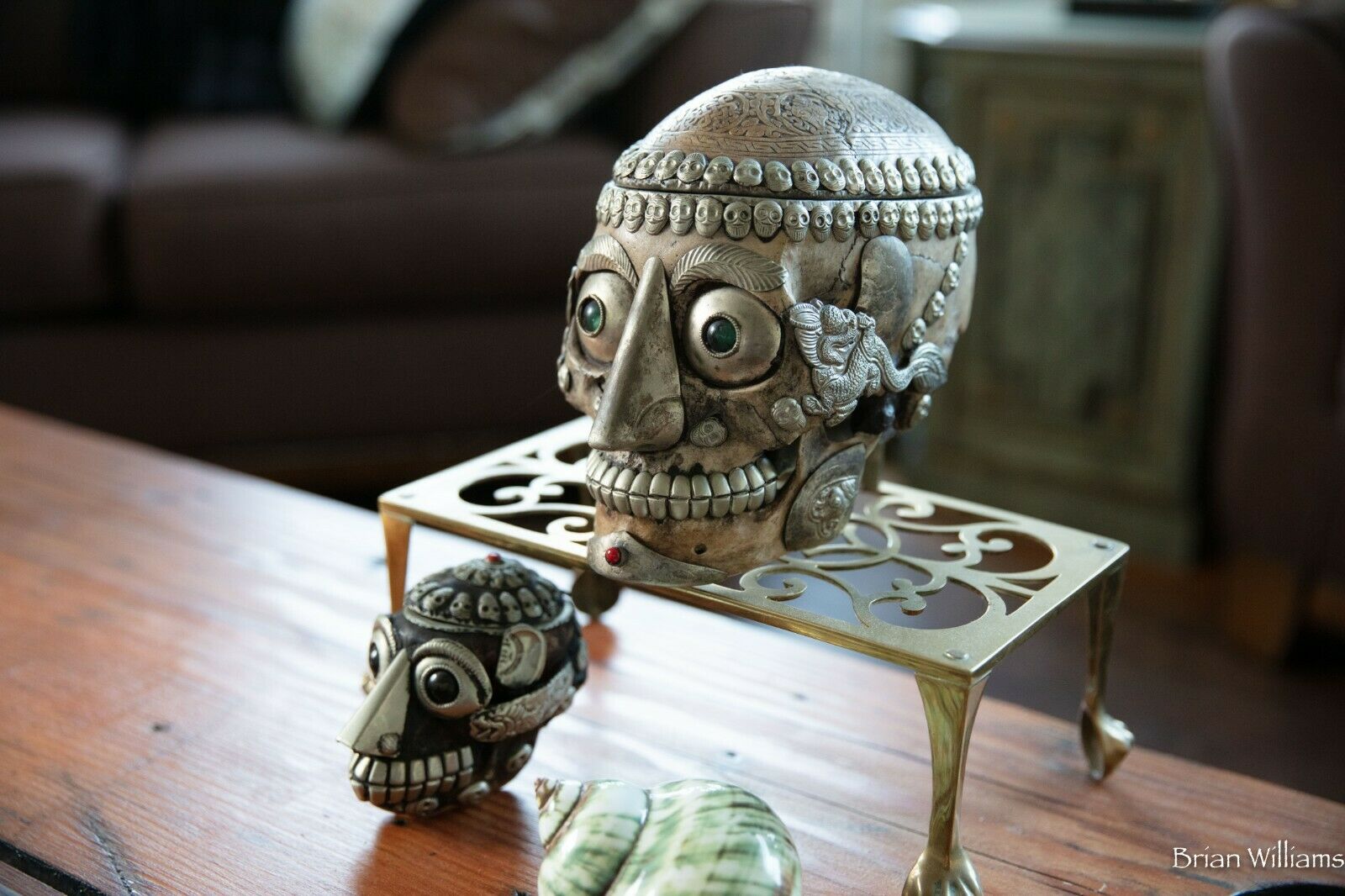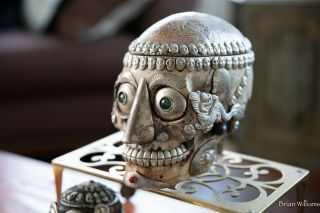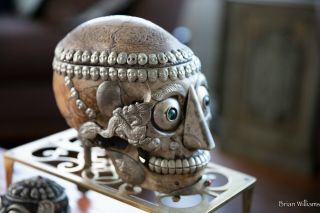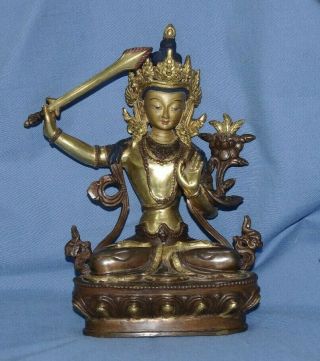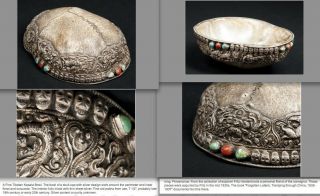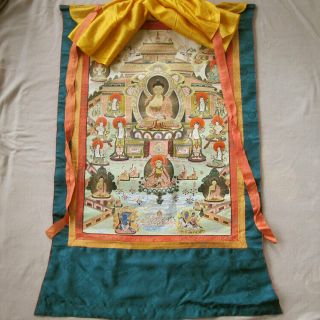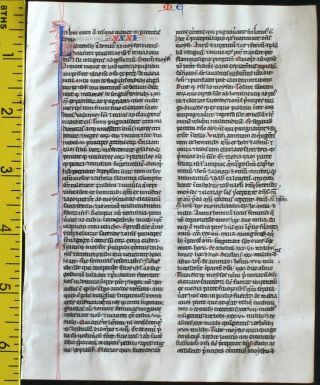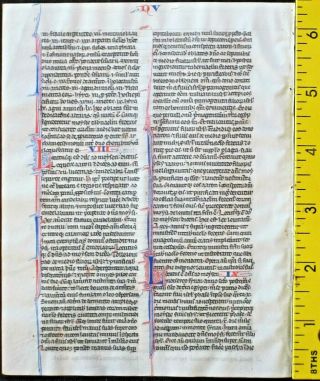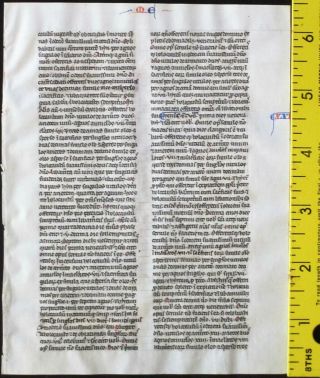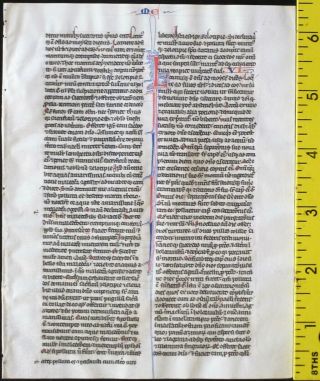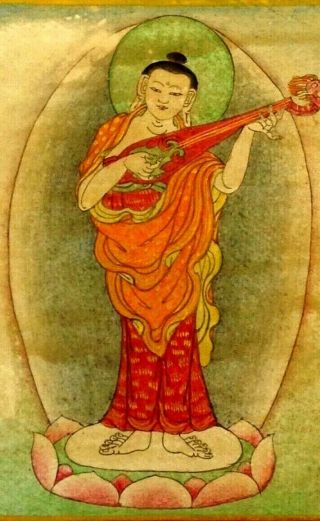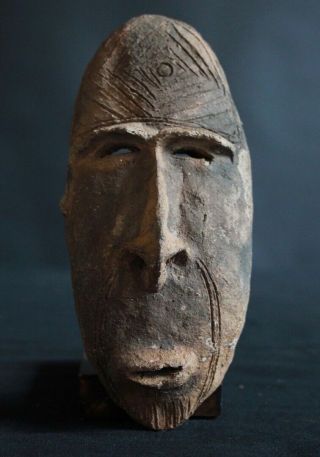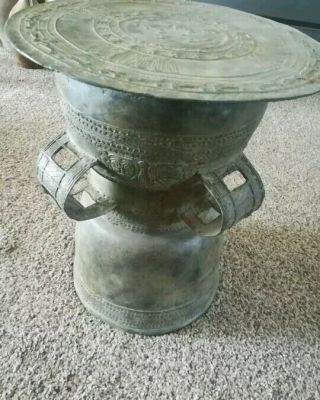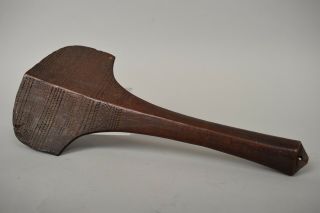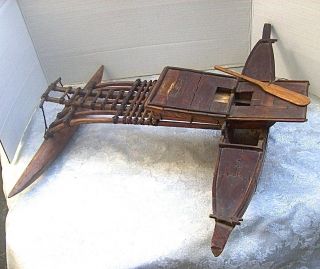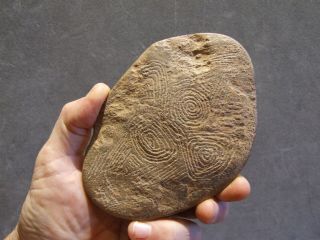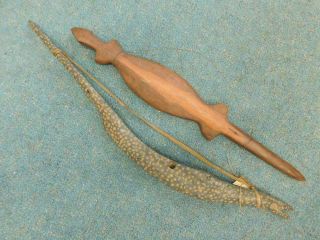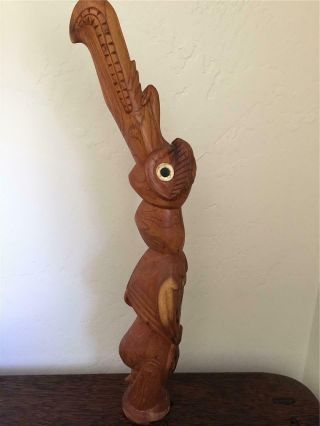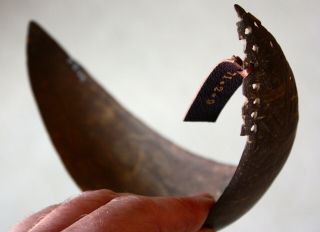Very Fine Nepalese Kapala
Item History & Price
| Reference Number: Avaluer:18983125 |
This is the description from David Howard's site:http://tribalartasia.com/Tribal%20Art%20Asia%20Kapala%20Skulls/KAPALAJAN2014/KAPALA7.html
NEPAL:
KAPALA SACRED HUMAN SKULL #7
HUMAN SKULL DECORATED IN SEMI PRECIOUS STONES,
METAL, GLASS, HAND CARVED HUMAN SKULL CAP
...s; font-size: medium;">As a ritual implement, the selection of the correct skull is of immense
importance for the success of a Kapala. The skull of a murdered or
executed victim is believed to possess the greatest tantric power.
The skull of a person, who died a violent or accidental death,
or from virulent illness, possesses medium power; while
the skull of a person who died peacefully, in old age, has
virtually no spiritual power. The skull of a child who died
during the onset of puberty also has great potency, as do
the skulls of misbegotten child of unknown paternity,
born from the forbidden union of castes, out of wedlock,
from sexual misdemeanor, or particularly from incest.
The "misbegotten skull" of a seven or eight-year-old
child born from an incestuous union is considered to
possess the greatest power in certain tantric rituals.
The kapala is considered a legacy of ancient traditions
of human sacrifice. In Tibetan monasteries it is used
symbolically to hold bread or dough cakes, torma, and
wine instead of blood and flesh as offerings to wrathful deities,
such as the ferocious Dharmapāla ("defender of the faith").
The dough cakes are shaped to resemble human eyes, ears and
tongues. The kapala is made in the form of a skull specially collected
and prepared. It is elaborately anointed and consecrated before use.
The cup is also elaborately decorated and kept in a triangular pedestal. The heavily embossed cup is usually made of silver-gilt bronze with lid shaped like a skull and with a handle
made in the form of a thunderbolt.
Hindu deities that may be depicted with the kapala include Durga,
Kālī and Shiva, especially in his Bhairava form. Even Ganesha,
when adopted into Tibetan Buddhism as Maharakta Ganapati,
is shown with a kapala filled with blood.
The Chamunda, a form of Durga, seen in Halebidu temple
of Hoysala architecture, in black or red color, is described
as wearing a garland of severed heads or skulls (Mundamala).
She is described as having four, eight, ten or twelve arms,
holding a Damaru (drum), trishula (trident), sword, a snake
(nāga), skull-mace (khatvanga), thunderbolt (vajra), a severed
head and panapatra (drinking vessel, wine cup) or
skull cup (kapala), filled with blood.
The kapala is one of several charnel ground implements
made from human bone found by tantrics at sky burial sites.
The Charnel ground, interpreted as the Sky burial by the Western
society, is an area demarcated specifically in Tibet, defined by the
Tibetan word Jhator (literal meaning is 'giving alms to the birds'),
a way of exposing the corpse to nature, where human bodies are
disposed as it were or in a chopped (chopped after the rituals)
condition in the open ground as a ritual that has great religious
meaning of the ascent of the soul to be reincarnated
into another circle of life.
Kapalas are used mainly for esoteric ritual practice.
Among the rituals using kapalas are: higher tantric meditation
to achieve a transcendental state of thought and mind within
the shortest possible time; libation to gods and deities to win their
favor; by Tibetan Lamas as an offering bowl on the altar, filled with
wine or blood as a gift to the Yidam Deity or all the Deities;
and the Vajrayana empowerment ceremony.
A Kapala ( Sanskrit for "skull") is a cup made
from a human skull used as a ritual implement (a bowl) in
both Hindu Tantra and Buddhist Tantra (Vajrayana).
Many of the deities of Vajrayana, including Mahasiddhas,
Dakinis and Dharmapalas are depicted carrying a Kapala,
usually in their left hand. Some deities such as the
Hindu Chinnamasta and the related Buddhist
Vajrayogini are depicted drinking blood
from a Kapala.
The skull cup (Kapala or Thod-pa) is used in tantric ritual
practices to represent the transformation of delusion
into perfect wisdom. The skull also symbolises Great Bliss
and is a potent symbol of impermanence. Traditionally
crafted from the human cranium it is one
of the principal practice supports
of the Vajrayana yogin.
KAPALA: SACRED HUMAN SKULLS AND SKULL CAPS
ARE USED IN TANTRIC RITUALS TO HOLD
CEREMONIAL OFFERTORY LIQUIDS!
More about Kapala from wikipedia:Kapala



